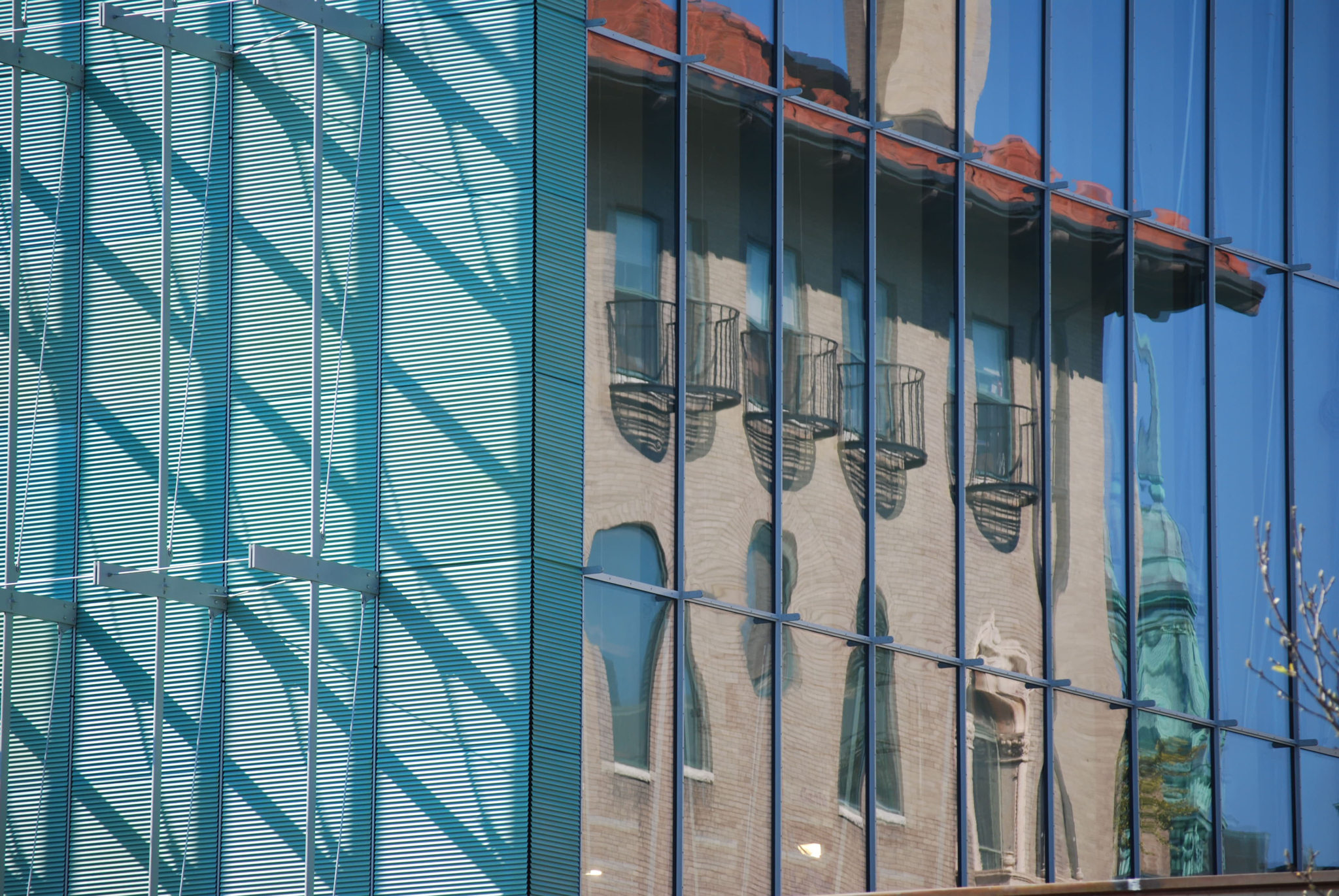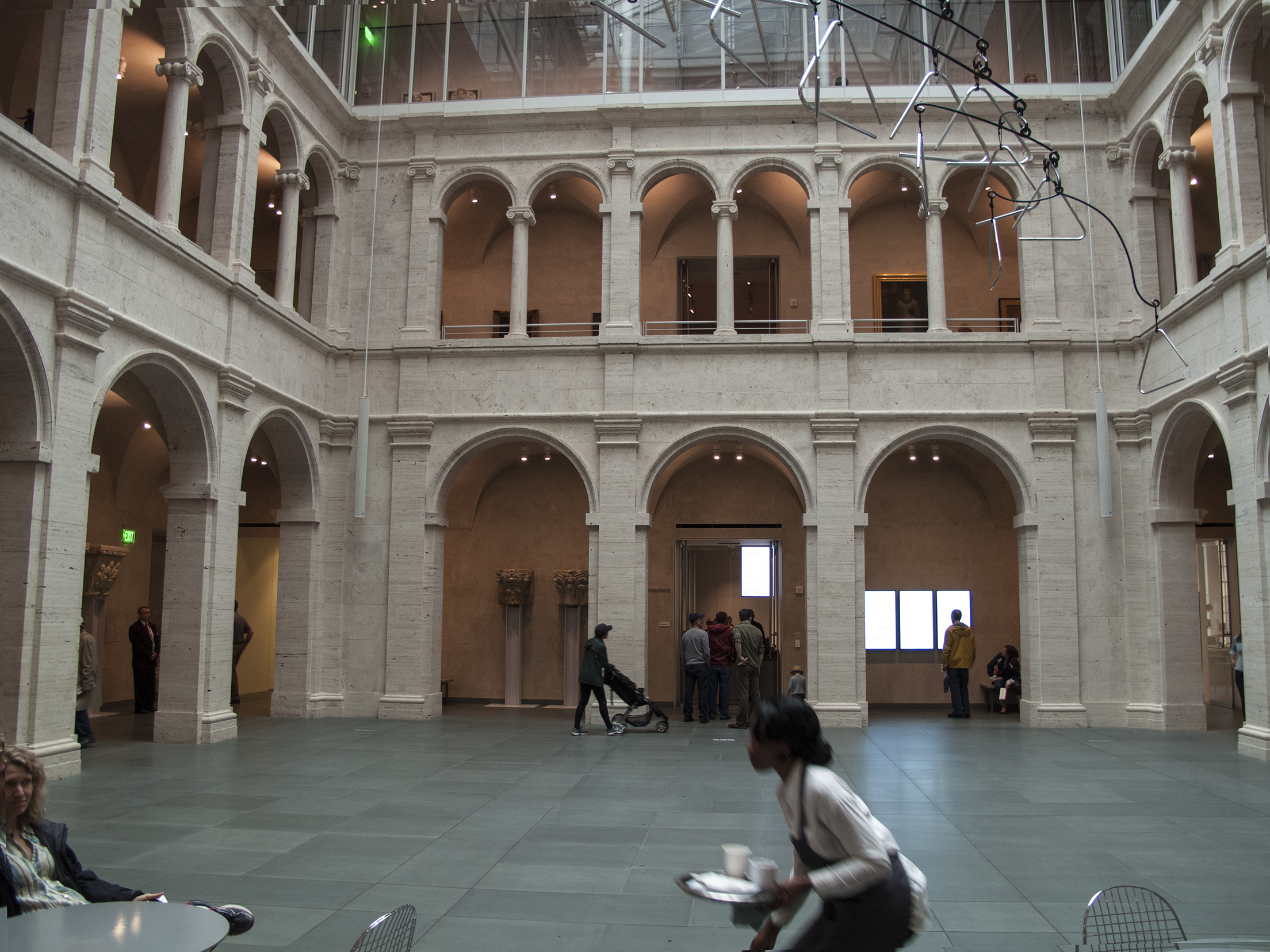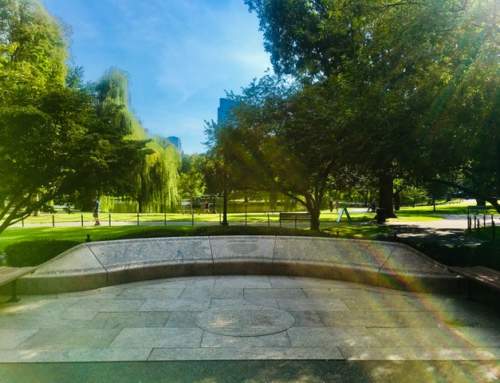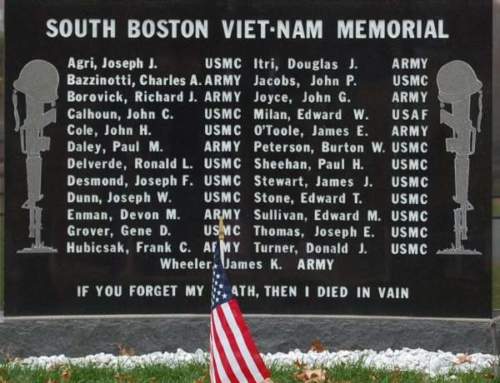By Richard Campbell
One of the things we try to do at South Boston Online is search out free events for citizens of the town to attend. Boston is blessed with some of the best cultural organizations in the world, though the price tag for attendance has gone up over the years. While the effort to make culture available freely to students is appreciated, it has not gone unnoticed that in the past decade options for the budget challenged have shrunk considerably. For students of the Boston Public Schools, there are numerous free programs. So BPS students: why suffer from cabin fever when you can visit one of these great organizations for free!
The Museum of Fine Arts, which was founded as a museum for the people, has become prohibitive for many of the cities’ working poor despite its big piggy bank. The MFA budget was flush by about a million this year, and it maintains a 585 million-dollar endowment. The total net worth of the MFA increased by 67 million in 2017. Where the museum is free on Wednesday evenings between 4:00pm to 10:00pm, and only four other free days a Year, the shortage of free time boggles the mind. The MFA passes that used to be obtainable for “free” at the Boston Public Library are now $10.00. Why so stingy to the general public of Boston? Part of the answer may be the number of free programs for local students.
While patrons appreciative that many colleges sign on to obtain free passes for their students and faculty, and that Blue Star military families have free access- there does seem to be a solid rationale to extend the free hours for those on a tight budget to one full day a week. The MFA shines with its free access to Boston Public Schools. The MFA educational program called Visual Thinking Strategies incorporates art oriented pedagogy with visits to the MFA by various public schools for a nominal fee. Besides this programming, the MFA has a group called Teen Arts Council that is specifically targeted at getting Boston city teens jobs and volunteer work at the MFA, as well as annually showing of Boston city school students art work. It is a surprise to this writer how few students participate in these programs.
The Isabella Stewart Gardner Museum is charitable with $5.00 admission for all college students, free to anyone named Isabella, as well as children under 17, Blue Star Families and for people on their birthdays- but have no general public free day scheduled. Both the MFA and the Gardner are saved by Bank of America’s offer to cover admissions by bank card holders. The museum’s EBT card benefit allows those card holders admission for $2.00, which is quite reasonable. Consider that in 2015 the Gardner Museum revenue was $23 million, and that the museum’s net assets are 269 million. Educationally the Gardner Museum gets fine scores, as it also partners with schools in Boston. The admission fee for student tours is $6.00 per student, with $25.00 fee for the group processing, and schools need only register three weeks before their visit.
The Institute of Contemporary Art: ICA Seaport we’ve covered extensively in South Boston Online, including routine notices that the ICA has free Thursday night admission between 5:00pm -9:00pm, and is also free to the public on Martin Luther King Day. Students under 17 years old are admitted free all year around, and on the final Saturdays students attending the museum with two adults will see their chaperones admitted for free. In the revenue category the ICA’s total for 2017 was approximately 15.5 million, with total expenses being about 14 million, this puts the ICA in the rather “poor” category compared with other museums around Boston. One might forgive their limited free hours given the small size of the museum, as they are struggling to bring visitors to the new Seaport.
The Harvard Art Museums offers free admission to Massachusetts residents rather skimpily between 10 am and noon on Saturdays. Massachusetts school teachers, and interestingly for families in the SNAP program can attend free- revealing that the brain trust recognized that the poor should be able to access their art museums. Also, active duty military can go for free-another group that should have free access to all museums in our city. I am inclined to believe that seniors should attend all museums for free, but at Harvard Art Museums they only save a paltry $2.00. A lot of senior’s bank roll these organizations.
The Boston Symphony has perhaps the most elite policy does provide the opportunity to see rehearsals at a discounted price from $18.00 to $36.00 on select Thursdays at 10:30, one wonders with the size of symphony hall that the open rehearsals could not be offered for free to people. But consider that the Boston Symphony ended its fiscal 2016 year in a 2 million-dollar deficit, having 94.7 million in expenses, and collecting 92.7 million in revenues. The BSO offers free visits for students and teachers from the Boston Public Schools to attend select rehearsal performances, subject to availability. For students with great classical interest, the High School Card will admit them to actual symphony concerts for $10.00, with a limit of one ticket per concert series. We cannot forget the great annual free performances held in the city by the Pops made possible by generous donors. When one considers the BSO give over 300 performances (many in other parts of the world), multiple levels of training, it is understandable money might be tight.
When one considers dance and theater, the pickings are even slimmer. This writer could not find any free / discounted tickets to The Boston Ballet, except for students enrolled in the Boston Ballet School. However, in the area of instruction Boston Ballet’s City Dance provides free instruction for third grade students of the Boston Public Schools. Boston Ballet Staff goes to schools to offer introductory dance workshops for a nominal fee. The levels of training and associated costs for dedicated programs are quite complex, but needless to say, the Boston Ballet offers large, multi-tiered school year programs. The company is considered premier in the dance world, and has widened its horizons to modern dance. It might be the most underappreciated arts organization in the city.
The Huntington Theatre Company offers student matinees at the discounted price of $15.00, and free to chaperones of groups. Presently engaged in the beginning of a massive rebuild of its main theater, its Calderwood Pavilion spaces are one of the most successful affordable theater venues in town. Students 25 and under can receive discounted @20.00 tickets. Given that many of The Isabella Stewart Gardner Museum.
the seats at the Huntington go for $85.00 to $95.00 this is a substantial discount. It is possible on first look Fridays and Wednesday matinees to obtain @25.00 high up in the main theater, but the Huntington approach is to offer ten dollars off to a host of groups and leave it at that. Some of the shows at the Calderwood in matinee are a bargain, as the seating is closer than the main stage. Theater is pricy, and unforgivably so for large productions. In all fairness, theatre is very expensive to produce.
The individual “discounts” and “add on” rates at the Museum of Science don’t really put them in the best light, but luckily for children the school programs are quite reasonable. The Field Trip Teacher Partner Program offers free admission to teachers at schools, and in September, October, January, the admission price is $5.00 for students. Most people want to add on either the planetarium or the IMAX which means another $4.00. I have found it is pretty hard to get out of the MOS for less than $35.00 as an adult. This seems a bit egregious to me, given what other museums charge and what they offer.
Demographics lead me to suspect that museums rely very heavily upon senior attendance and donations; as convincing the general audience of younger people has become an onerous cultural burden. For example, of the over 1 million visitors to the MFA, only 96,000 are listed as being youthful visitors. I mention the budgets in passing for these arts organizations as a demonstration of their equity, but also to show how some organizations do an awful lot with relatively small budgets. If you were to compare any of these nationally recognized arts organization to national sports teams for what they give back to the community, it would be immediately apparent which group serves the community best. But clearly, the winners of the big cultural organizations sweepstakes are the BPS students. So there are no excuses: get out of the house and attend a museum, or go see a concert!

Harvard Art Museum Courtyard






